Things I should know before I choose a fabricator
If they truly are a good fabricator, they support the Marble Institute of America (MIA). Check to see if they are a member HERE.
When choosing a stone fabricator, these are our favorite quotes that put the importance into perspective:
“You get what you pay for”
“All fabricators are not created equal”
Stone fabricators really are artists! The experienced ones really know what they’re doing. They have been there done that, meaning they know what works and what doesn’t. The right way, isn’t always the most inexpensive. They aren’t like a painter, where you can just choose a color and have them move forward. Every stone is different, meaning you can’t treat all of them the same.
You’ll want to make sure they’re insured. Check their references. If they say they’ve done certain stones (soapstone, sandstone etc.) and you don’t see photos of finished jobs in that particular stone on their website, ask for references, see how the job & quality turned out. This is all a normal; don’t feel like you’re being too concerned. You’re spending a lot of money and you want to make sure the end product is not only going to look good, its going to last! Another thing to consider is when you’re doing a light stone, whether it is white marble or a light limestone; they require specific glues. Now glues/epoxies are not cheap! So if you’re going with the lowest bid, expect that the glue may bleed, meaning it will spread into the next piece (if there is a seam) and it may discolor, making it very obvious there is a seam. It may not happen the first week; it could happen months down the road. This is all based on experience and the quality of glue/epoxy they use. Also, there is epoxy and polyester. Epoxy will last when you’re doing laminations, polyester will last about (3) years. The lowest bid will use polyester because it’s a quarter of the cost, compared to epoxy. But as long as it looks good, they might not care that it’s going to last.
Check out their showroom to see examples of their seam quality. Either on the actual counter top, or the edge; you shouldn’t be able to feel the seam. The veins should also flow into the edge or back-splash, not abruptly stop and start somewhere else. This is especially important when using a material with dramatic veins, patterns or movement; like marble or soapstone.
Below are some photos that do not have very good seams. This is most likely the quality you will get, if you pursue the lowest bid and don’t check the fabricators work, before committing.
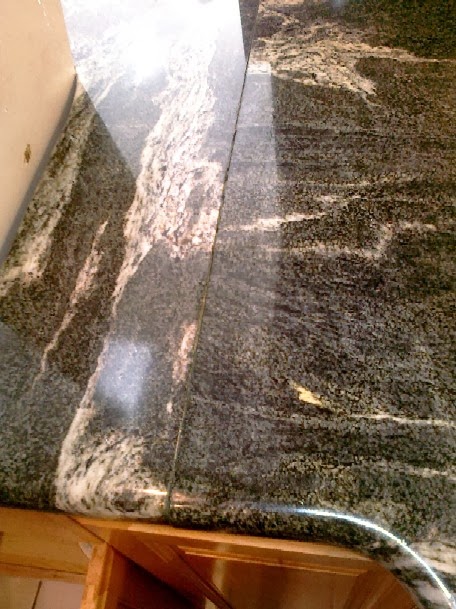 |
| Pattern going different directions |
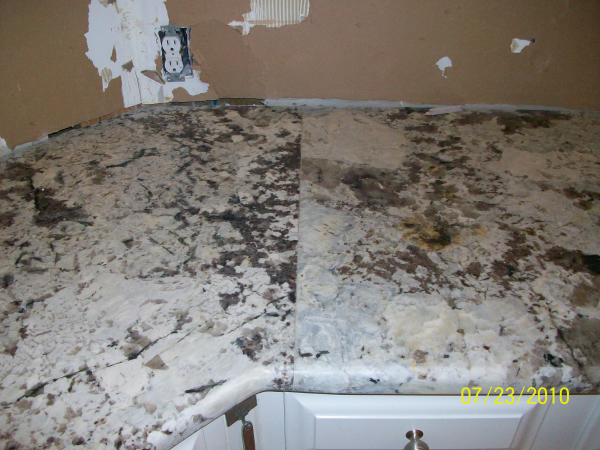 |
| Wrong color/pattern match |
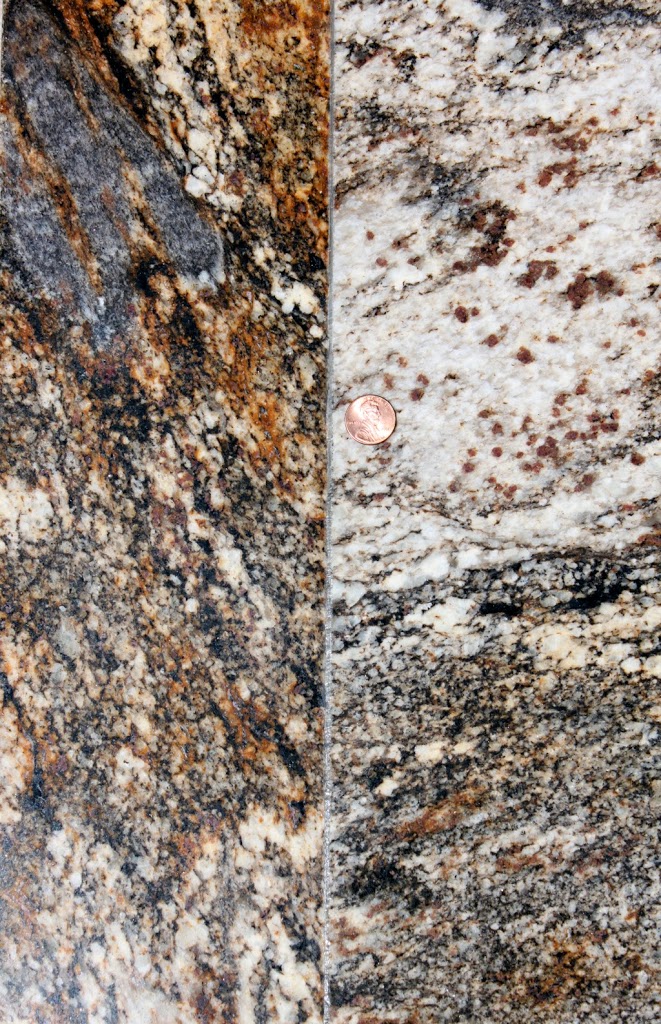 |
| Wrong color/pattern match |
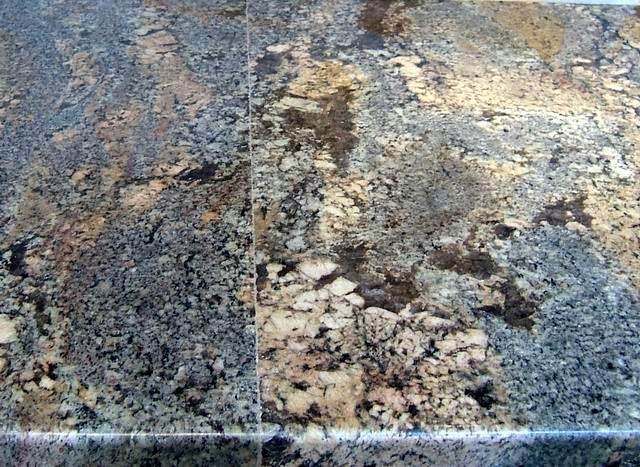 |
| Wrong color/pattern match |
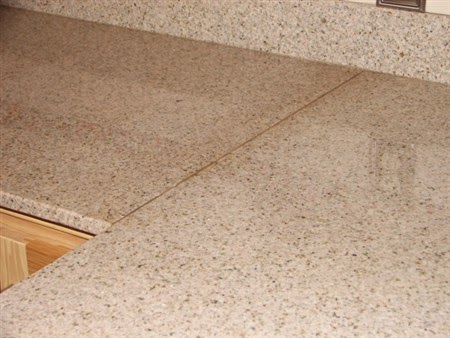 |
| Large seam & wrong color match! |
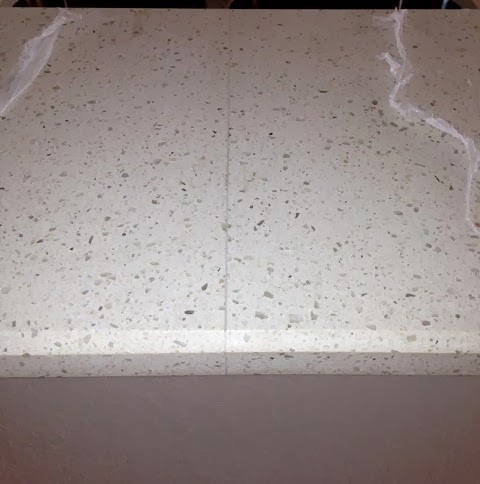 |
| Thick seam on engineered stone |
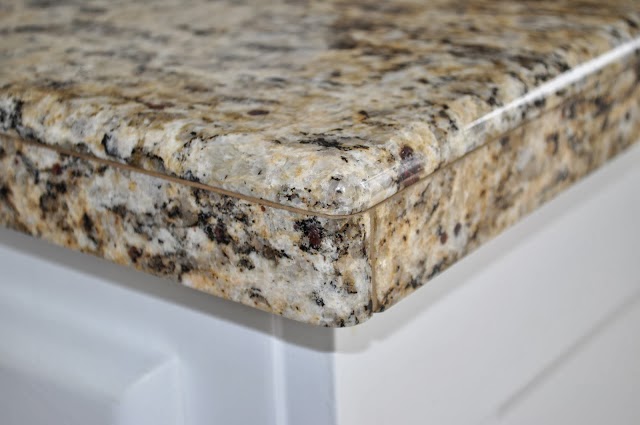 |
| Thick grouted seam |
 |
| Horrible color match, thick seam on this laminated edge |
